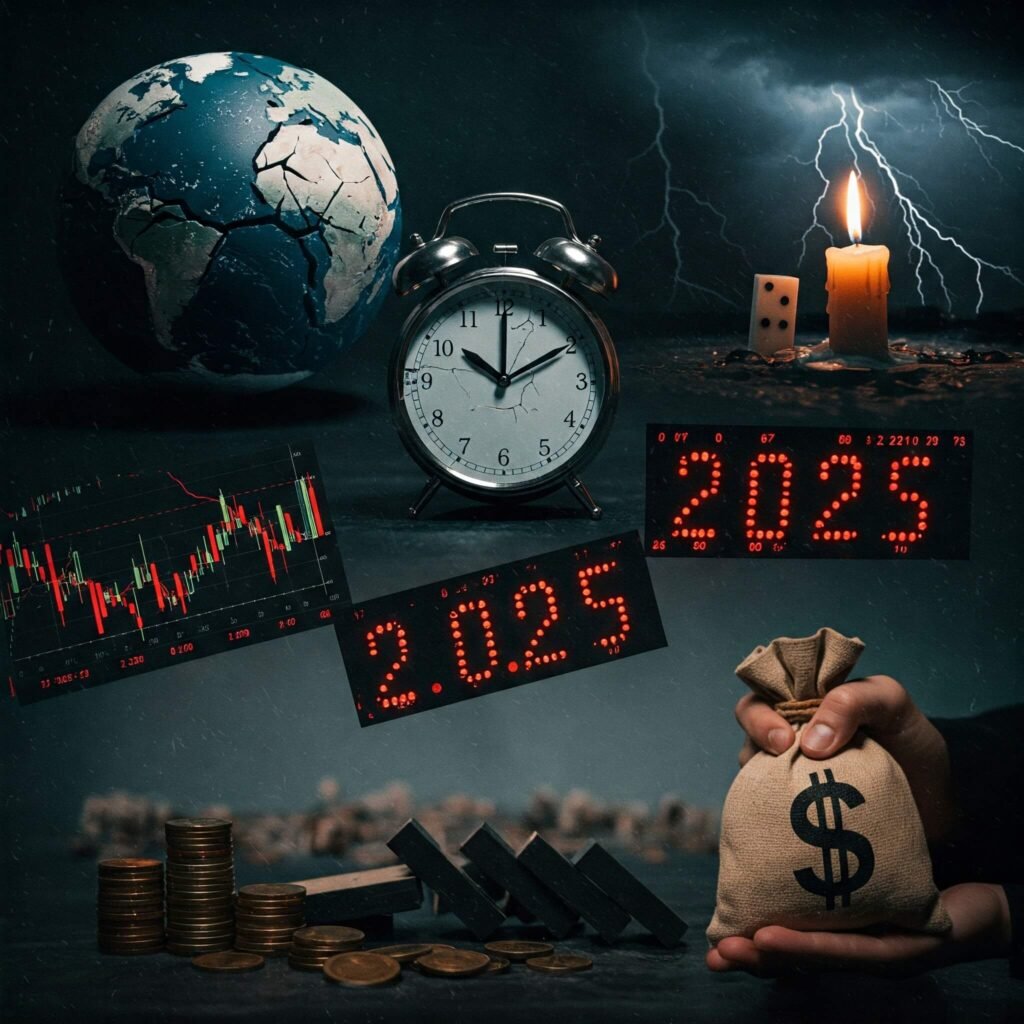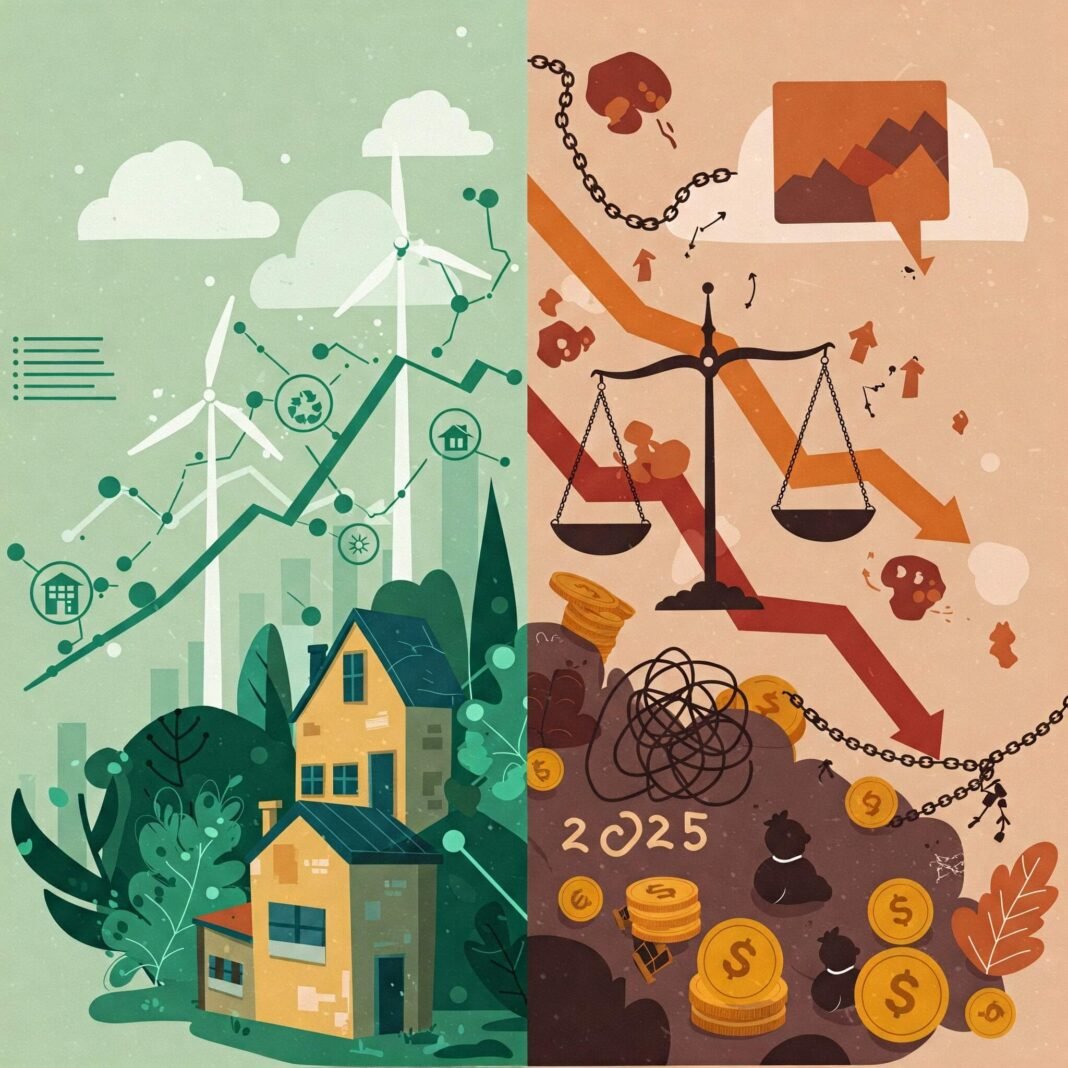Navigating the economic landscape always feels complex. As we look ahead, the 2025 economy explained shows a mix of powerful forces. Some actively push for growth and stability. Others, however, present significant challenges. Will 2025 bring robust recovery or persistent difficulties? Understanding who’s helping and who’s hurting the global economy next year is vital. This applies, of course, to individuals, businesses, and policymakers alike. Let’s break down the key drivers and drags expected to shape the economic picture.
Understanding The 2025 Economy Landscape
Heading into 2025, the global economy stands at a fascinating point. We still feel the effects of recent years acutely. These include the pandemic’s disruption, inflationary surges, and rapid shifts in monetary policy. Economic forecasts for 2025, therefore, suggest a period of continued adjustment. Resilience will surely be tested, and adaptability will be rewarded. Key indicators will heavily influence the economic picture for 2025. These include inflation rates, central bank policies, and labor market strength. While some regions may see faster growth, others could face slow growth or even shrink. Consequently, this highlights a potentially uneven global recovery.
Who’s Helping The 2025 Economy?
Despite the challenges, several powerful factors are set to support the 2025 economy. These are not just passive forces; rather, they represent active engines of potential growth and stability.
Technological Innovation Fueling The 2025 Economy
Technology is a major driver. Indeed, advancements in areas like Artificial Intelligence (AI), automation, and green technologies are promising. They hold the potential to boost productivity, create new industries, and solve complex problems. Widespread AI adoption, for instance, could streamline processes and reduce costs dramatically. Moreover, it can unlock new levels of efficiency across many sectors. This provides a significant boost for the economy next year. Investment in renewable energy and sustainable tech also keeps growing robustly. This, in turn, creates jobs and builds long-term strength.

Resilient Consumers and Businesses in The 2025 Economy
The underlying strength of consumers and businesses often acts as a crucial buffer. While pressures exist, many households and companies have adjusted remarkably well. Consumer spending, especially on services, could remain strong in many places. This is often supported by relatively robust job markets. Businesses that handled recent supply chain and cost issues are often leaner and more innovative. Thus, they are ready to invest in growth chances within the economy next year.
Strategic Government Policies Supporting The 2025 Economy
Governments play a vital role. Their targeted policies can offer significant support. Investments in infrastructure are key, for example. Incentives for important industries (like chips or clean energy) also help. Furthermore, programs boosting workforce skills can build the base for lasting growth. Money might be tight due to debt in some countries. However, smart spending focused on productivity and innovation could give the economy next year a needed lift.
Central Banks Navigating The 2025 Economy
Central banks work to stabilize the economy. While they fight inflation (which can feel like a drag), they also help manage overall conditions. As inflation eases, banks may get more flexibility. They can then adjust interest rates. Careful and well-communicated monetary policy changes aiming for a ‘soft landing’ could help growth continue without causing inflation again. It’s a delicate balance crucial for the economic outlook. [Outbound Link: Reference a major central bank's outlook or policy statement, e.g., Federal Reserve, European Central Bank]
Who’s Hurting The 2025 Economy?
On the other hand, several big forces pose risks. They could act as headwinds, potentially slowing down or even stopping positive momentum in the 2025 economy.
Lingering Inflation Risks in The 2025 Economy
Inflation might have peaked in many areas. Still, the risk of it remaining stubbornly high persists. Factors like wage pressures, possible energy price shocks, or new supply chain problems could keep prices up. Persistent high inflation reduces buying power for consumers significantly. It also raises costs for businesses. Ultimately, this significantly slows growth next year.
High Interest Rates Weighing on The 2025 Economy
Central banks raised rates fast to fight inflation. Consequently, this made borrowing more costly. It impacts governments, businesses, and families alike. Debt payments increase, and investment in new projects might slow down. Consumer spending on big purchases like homes and cars can also fall. Credit might become harder to get. This higher cost of money, therefore, is a clear challenge for many parts of the economy next year.

Geopolitical Tensions Disrupting The 2025 Economy
Geopolitical risks, unfortunately, remain elevated. Ongoing conflicts, trade disagreements, and political problems in key regions can cause trouble. They disrupt supply chains and can push up prices for resources like energy. Furthermore, they reduce investor confidence and shift money away from useful activities. Such tensions bring significant uncertainty. They make planning and investing harder. This potentially hurts the economy globally.
Labor Market Challenges Affecting The 2025 Economy
Strong job markets are usually good. But, they can also create problems. Skill gaps exist in fast-changing fields, for instance. Some sectors face ongoing worker shortages. Demands for higher wages also continue. These issues can limit growth and potentially add to inflation pressure. Managing these dynamics, therefore, will be important for businesses next year.
Debt Levels and Fiscal Constraints on The 2025 Economy
Many governments and companies took on a lot of debt recently. Higher interest rates make paying this debt more expensive. This can limit how much governments can spend to boost the economy. It can also restrict public investments. High company debt could also increase the chance of businesses failing if times get tough. These debt loads, in summary, could act as a structural constraint on growth. [Outbound Link: Reference data on global debt levels from an organization like the IMF or IIF (Institute of International Finance)]
Navigating The 2025 Economy: What to Watch For
Keeping an eye on key economic signals will be vital in 2025. Pay close attention to:
- Inflation reports: Are prices stable or rising faster?
- Central bank news: What are their plans for rates?
- Job market data: Is it slowing down, speeding up, or staying steady?
- Consumer confidence: Do people feel hopeful or careful?
- Business investment: Are companies spending money to expand?
- Global events: How might world issues affect markets and supply chains?
Actionable Takeaways for The 2025 Economy
So, what does all this mean for you?
- For Individuals: Focus on financial strength and resilience. Manage debt wisely, and think about saving strategies that consider possible inflation. Additionally, invest in skills needed in fields driven by technology. Understand how interest rates might change your borrowing or savings.
- For Businesses: Prioritize adaptability and efficiency. Review supply chains to make them stronger, for example. See how technology (like AI) can boost productivity. Manage costs early, and stay flexible to handle market changes and possible policy shifts in the economy next year.

Conclusion
The 2025 Economy Explained shows a scene with competing forces. New technology, strong private sectors, and smart policies offer good chances for growth. However, risks like ongoing inflation, higher interest rates, global uncertainty, and debt are significant challenges. Handling this environment well, therefore, means truly understanding these forces. It requires proactive planning and focusing on being resilient at every level. While predicting the future isn’t possible, staying informed about who’s helping and who’s hurting gives you the best possible guide for the year ahead.




